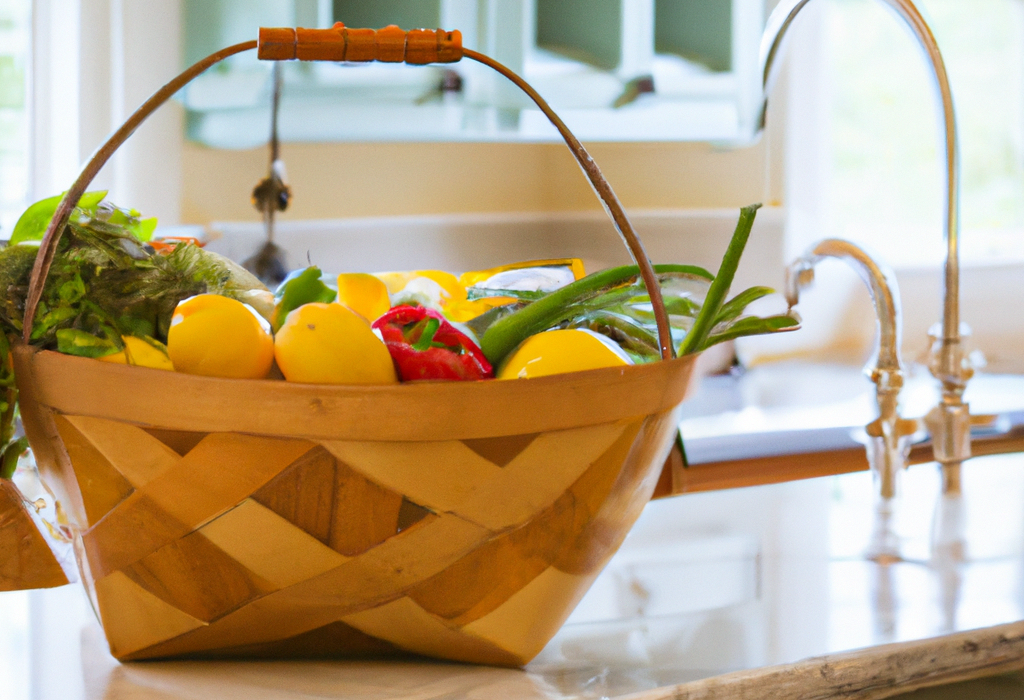Natural Foods Don’t Have to Be Expensive
How many times have you heard that natural foods are expensive and no better than supermarket products? Is this true? What are natural foods anyway? Just because something is natural doesn’t mean it’s good for you. Toadstools and poison ivy are natural! Using the word “natural” everything from soap to ice cream underscores how artificial our world has become; on a label the word means little. Therefore, with natural foods, as with anything else, to get the value for your money, you need to be an informed consumer.

Natural foods are traditional foods
To better understand natural foods, let’s replace the term “natural” with “traditional.” Throughout most of history, people have eaten whole grains, beans, seeds, seasonal fruits and vegetables— natural foods. It is only in this century that food has changed radically. As a species, however, we are biologically the same as we were 1000 years ago and the long term effects that some of these new, overly refined, artificially colored and chemically preserved foods have on our bodies are just being discovered. We do know refined foods are less nutritious than whole foods, even when “enriched.” Health experts agree that we should eat more whole grains, beans, fruits and vegetables: traditional foods with a proven track record. No one who values health would recommend eating more junk food.
Win, win, win: less processed, less expensive, more nutritious
Traditional foods are more nutritious mainly because they are less processed. That’s also why they are less expensive. The grains and beans have always been a bargain. They are powerhouses of nutrition, including fiber, trace minerals and vitamins, while being low in fat, low in sodium and cholesterol free. When combined with each other, the various amino acids available in grains and beans compliment one another form complete proteins that rival those of meat or dairy products and at far less cost. Grains and beans are so inexpensive that you can buy them organically grown, as they are commonly available in natural food stores, and still spend very little money. Produced without the use of chemical fertilizers, pesticides, herbicides or growth regulators, organically grown foods taste better and measured by their nutritional value, can be less expensive than other foods.
Buy in season for the best value
Seasonal fruits and vegetables are also relatively inexpensive, a much better buy than imported, out of season produce. Seasonal produce is also likely to be of higher quality because it’s fresher. Other foods that are often good buys and natural foods stores include bulk nuts, seeds, dried fruits and herbs. Traditional foods such as tofu, soy milk, tempeh, seitan, sea vegetables, nut and seed butters whole grain flours and meals, mechanically pressed oils, misos and tamari do involve processing. Nevertheless they offer good nutritional value because they remain whole foods. These two are readily available and frequently fresher in natural food stores because their turnover of these foods is greater.
Although you pay a price for convenience
A category of foods that is definitely more expensive than similar foods in the supermarkets natural is convenience foods— cookies, candy bars, ready to eat breakfast cereals, chips, sauces, breads, juices, mixes, canned and frozen foods. Though they are certainly not staples, they can come in handy.
When buying convenience foods in a natural food store, read the labels just as you would in a supermarket. Not all foods in a natural foods store are nutritious. Look out for sugar in all its disguises, such as glucose, corn syrup and brown or turbinado sugar. You may want to avoid sugar altogether, but most people can enjoy food sweeteners, such as honey, maple syrup and molasses, in moderation. If nutrition facts are not given, note that ingredients are listed in order of quantity. Steer clear of foods whose main ingredients are sweeteners; they represent empty calories.
Whole grain means whole nutrition
For the same reason, look out for white flour, that is, flour those nutrients have been depleted by refining. It may be unbleached, but if you think you are getting whole grain flour when a package says “wheat flour” or “rye flour” you are wrong. The label must read “whole wheat flour” or “whole rye flour” to really be whole grain. “Natural” convenience foods can also be high in fat and sodium, substances we should limit in our diets.
Read labels closely when comparing foods. If you find two similar marketed with different prices, see whether the high price reflects higher quality ingredients, such as organically grown flours, natural flavorings, and non-hydrogenated oils.
Eating healthy on a budget is attainable
When one spends their money to encourage high quality products and sustainable (organic) agriculture, it helps to assure oneself not only of pure, healthy food, but of rich healthy farmland for future generations. The more often we shop this way the more accessible and less expensive health food becomes.
This article was excerpted from the “Arrowhead Mills Cookbook” by Vicki Rae Chelf.
 VIEW ALL PRODUCTS
VIEW ALL PRODUCTS 
